Lois, Sumire, and the RED Monstro
04 Sep 20
We shot a brand film for artist Lois O’Hara. It was a great opportunity for experimentation and to get our hands on some amazing kit!
Lois O’hara is a street artist, mural maker, illustrator and designer. You may have seen her large-scale colourful creations around the UK, Australia and beyond. She’s best known for her basketball court art transforming unloved and neglected urban spaces into swirling colour. Inspired by the motion of the sea, her vibrant work has a very real and instant positive emotional impact on people. Here’s the film we’ve made for her:
For us, not only was this a chance to get out and do what we love after being locked up for so long, but also a great opportunity to try out new techniques and play creatively. Lois gave us a great deal of freedom to experiment artistically in communicating her brand – something that can be rare in client briefs. We played with colour, we played with edit techniques, we played with sound… and we also played with kit, yes!
This was thanks to support from Promotion Hire. We were kindly lent the amazing full frame 8K RED Ranger Monstro for the occasion – something that we’ve been itching to get our hands on since its launch in 2018 – coupled with a set of Canon Sumire primes to try out.
First, let’s look at the Monstro. This camera is $60k for the body alone, so we took it out of the case with nervous reverence and excitement, cautiously firing it up with a PL mounted Sumire lens. We’re used to filming predominantly on Super 35mm format, and stepping up to a full frame sensor didn’t disappoint. After a slight adjustment of brain to take in the different crop factor (or lack of crop should I say), the wider field of view felt very liberating. First impressions, the super shallow depth of field was stunning, and the image quality and colour science were of course gorgeous.
The majority of Lois’ film was shot outdoors under harsh sunlight, which can be a real challenge. Not for the Monstro. Due to the incredible dynamic range, even when the sky appears visually blown out, it can be dialled back in post to reveal all the hidden detail, and there was no obvious noise in the shadows. When punched in 400% in post, the image remained super clean – there was no tell-tale scaling of noise, although we never filmed anything in low light.
Our initial intention was to shoot everything at 8K and we were rightly concerned about the amount of data this entailed. A quick check of the excellent RED Recording Time tool confirmed that we needed more cards than the four provided with the Monstro package. We hired eight Mini-Mags in all, scaling back to only film at full 8K when it was felt essential. In the end we only used five of them, but played it safe to swerve the potential nightmare of dumping the data and reformatting mid-shoot. If you’re not used to shooting in RAW type formats, this still seems like a mind-boggling amount of data for a two minute film. To put things in context of price, you could buy a brand new, soon to become industry standard Sony FX9 for the cost of eight 480gb Mini-mags!
We shot most of the footage in Redcode 8:1 compression at 6K, 75fps (the maximum for 6K), plus some at 5K 96fps, giving us options for acceptable slow-motion. This proved very versatile in the edit and provided no issues when it came to grading in Davinci Resolve. The exceptions were for the actual interview – filmed at 8K 25p, allowing us to push in in post – and 8K 60p (the maximum framerate at 8K) for portraits to achieve lovely fine detail and the option to slow things down.
As infrequent RED users, the interface was clear and easy to use, and our overall experience was that the camera was a real joy to work with. At present, we have little need to export any of our work at 8K, but the clean and noise-free image produced feels like a game-changer, even when exported at lower resolutions for the final output.
It’s hard to say much that is negative about such an awesome beast, but in comparison to say the full frame C500 mkII for example, the Monstro does feel heavy – hardly surprising I suppose when you compare the specs. When bolted to a Ronin 2 with a PL mounted cinema lens, wireless follow focus, Flowcine Serene arm and EasyRig, it was painful to operate for lengthy periods.
The boot up time was also mildly frustrating. We never timed it, but this did frequently halt proceedings for a minute or so – a far cry from the bad old days of the RED One though, where I’m told you would plan your tea breaks around lens changes.
The cost is another obvious downside; The extra cost of hire, the cost of cards, insurance, data storage, processor power etc. With time, as 8K tech becomes more the norm (particularly with the release of the Canon EOS R5), this will no doubt become less of an issue, but at present it feels like you either need a hearty budget, or a particular specific need for filming in 8K to make the jump, when in all likelihood a 5K RED Gemini would probably suffice.
Now on to the Canon Sumire lenses. These fast primes were recommended to provide a warmer, softer look than other low-ish end cinema primes. The fear is that when you couple 8K resolution with a more technical lens, it’s going to look super sharp, but perhaps feel cold, characterless and overly digital. In this respect, we felt that it was a great combo with the Monstro. The lenses provided beautiful skin tones, and a lovely overall warmth that we felt worked well in combatting sterility in the image.
We tend to generally embrace lens flare rather than fight it, and in the case of the Sumires it gave a very pleasing aesthetic. We did notice some chromatic aberrations which I guess you have to welcome as part of the lens character, or otherwise look elsewhere. There’s an example blow, where you can see magenta tones bordering the strong highlights on the basketballer’s shirt.
Overall though, we’re very pleased with the look of the Canon Sumires, and they’ve subsequently become our go-to lens, bolted to the front of the Canon C500 mkII – another lovely combo.
And that about wraps things up. We hope you like the film we made for Lois O’Hara as much as she does. It was a lot of fun to make, particularly after a few months of lockdown, and we’d like to thank Promotion Hire for championing our cause. You can see the ‘making of’ film here, which is focussed on filming under Covid-19.
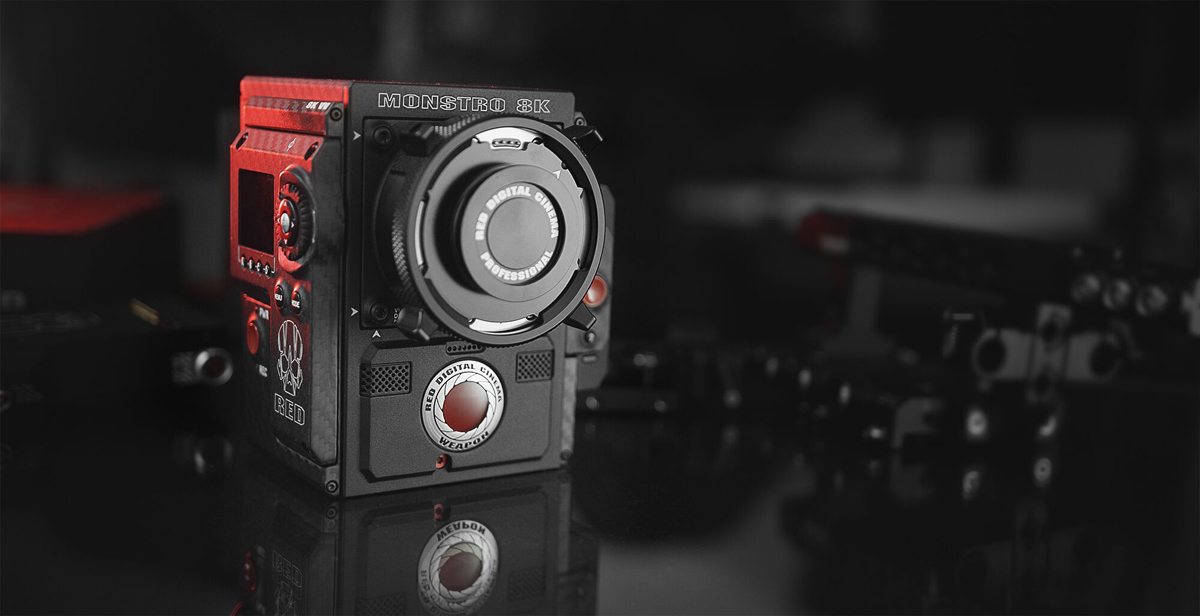
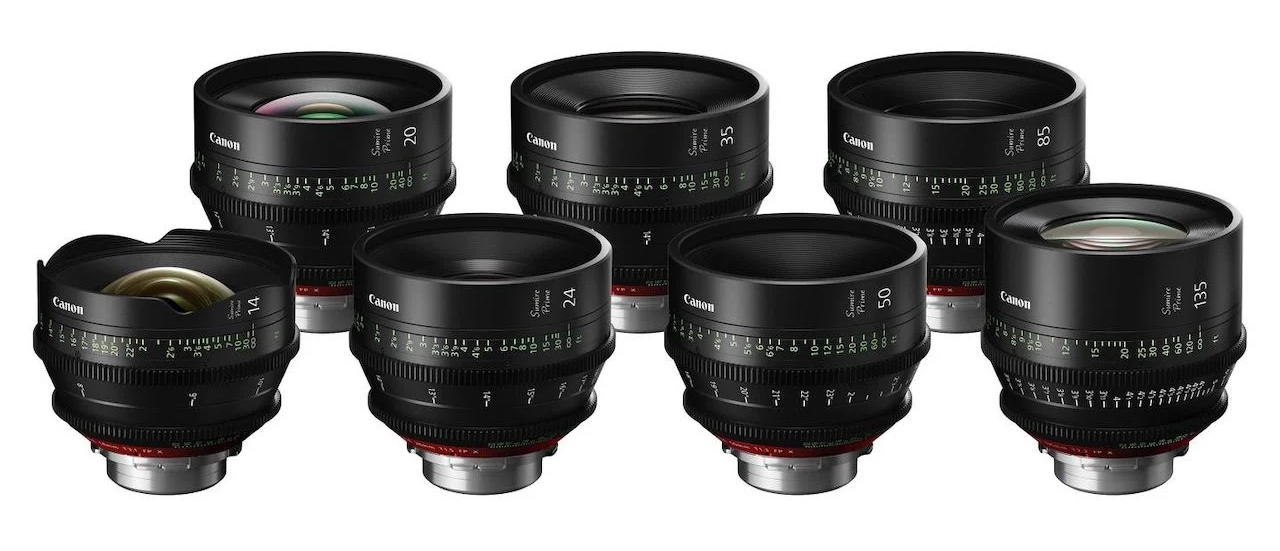
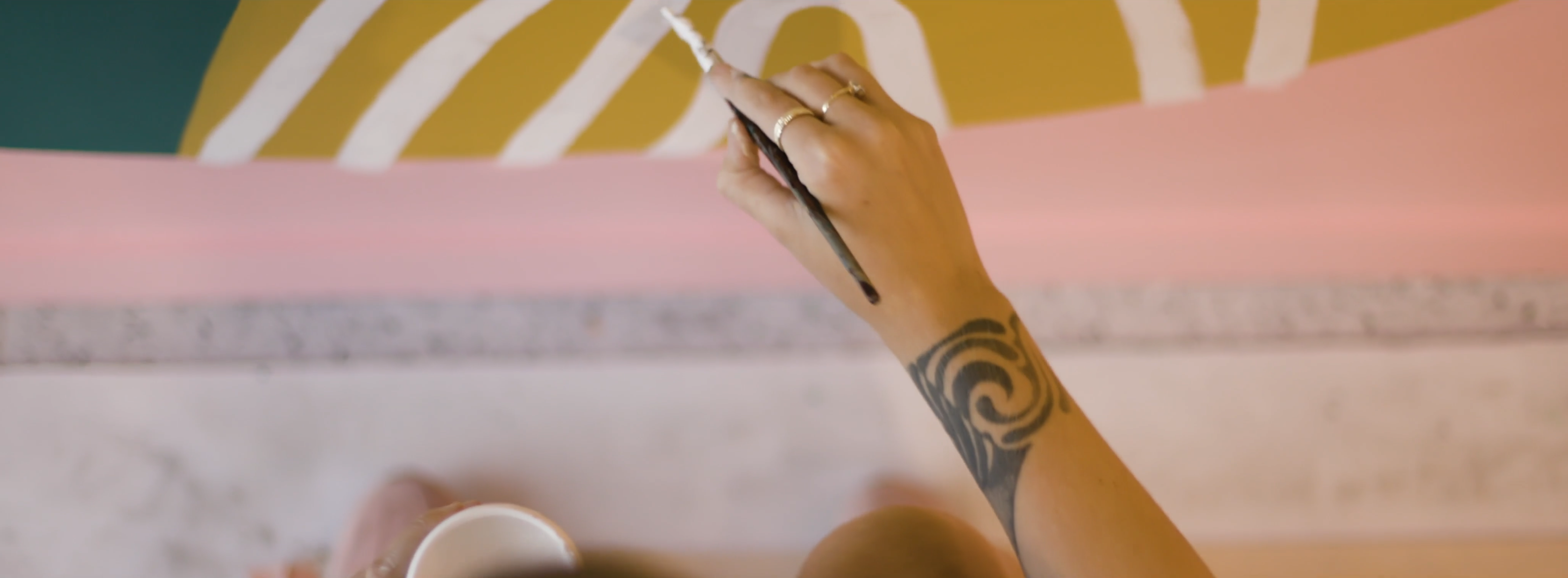
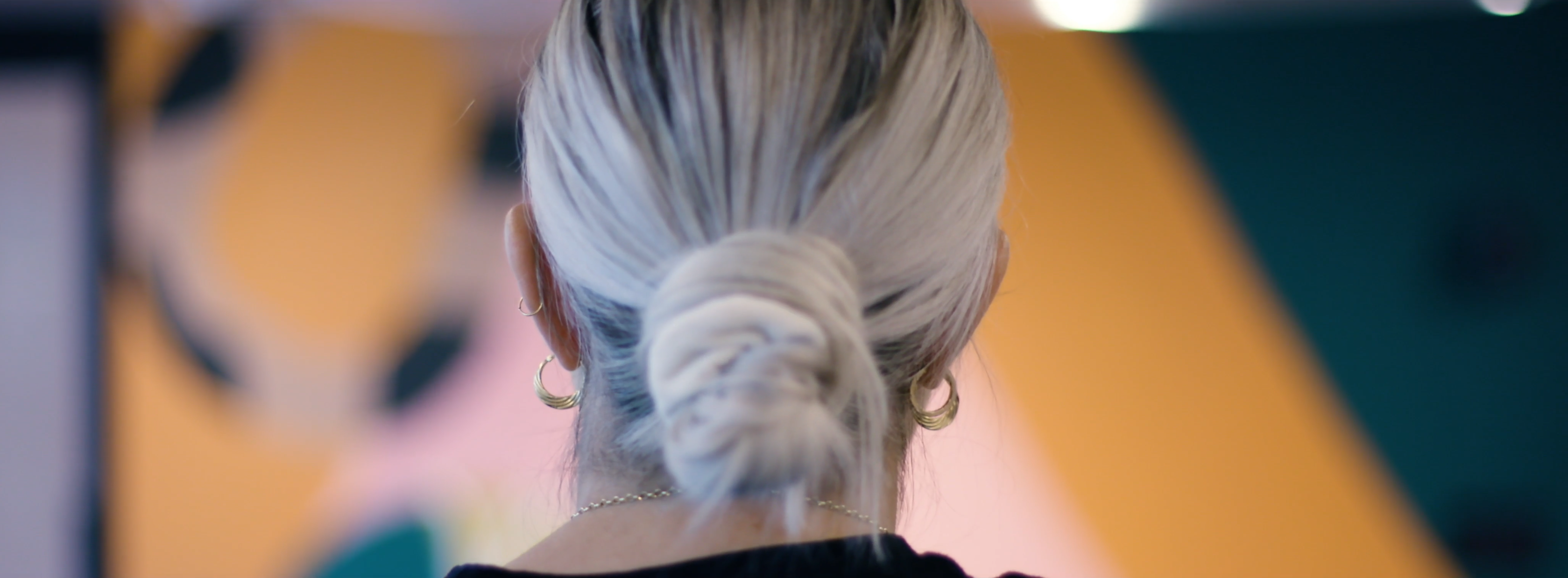
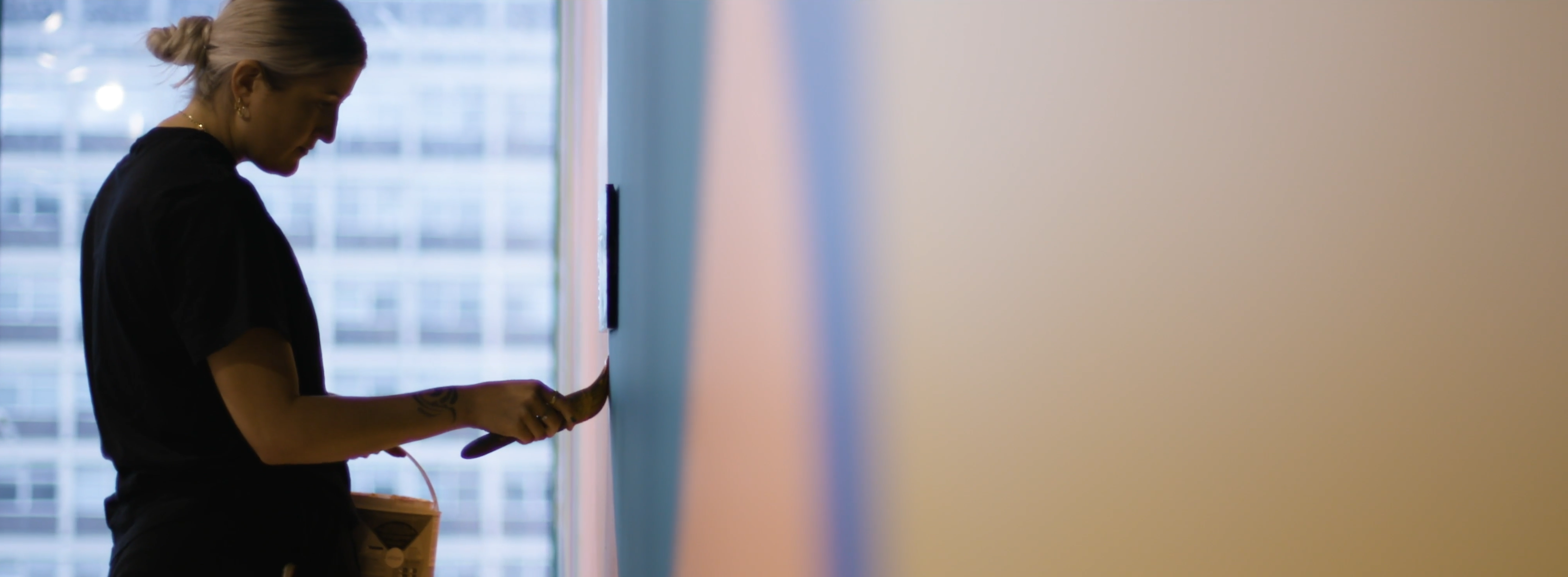
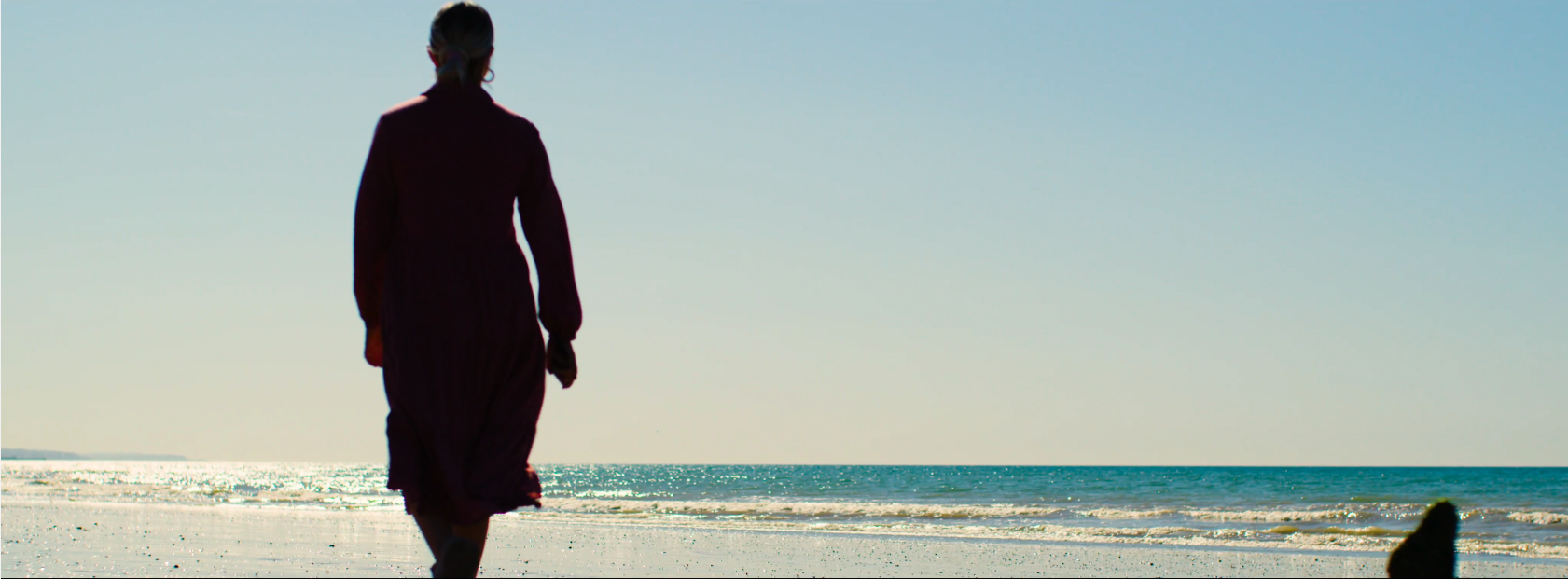
SHARE: